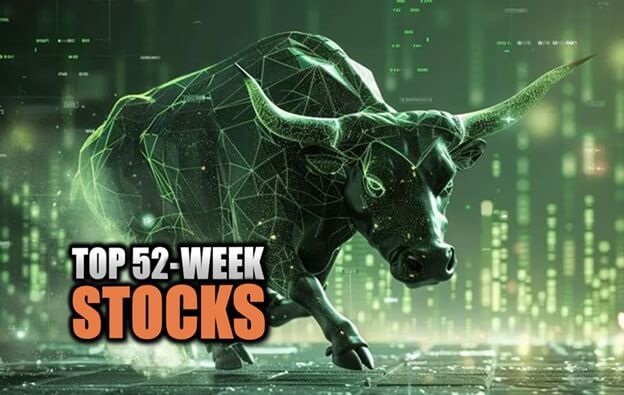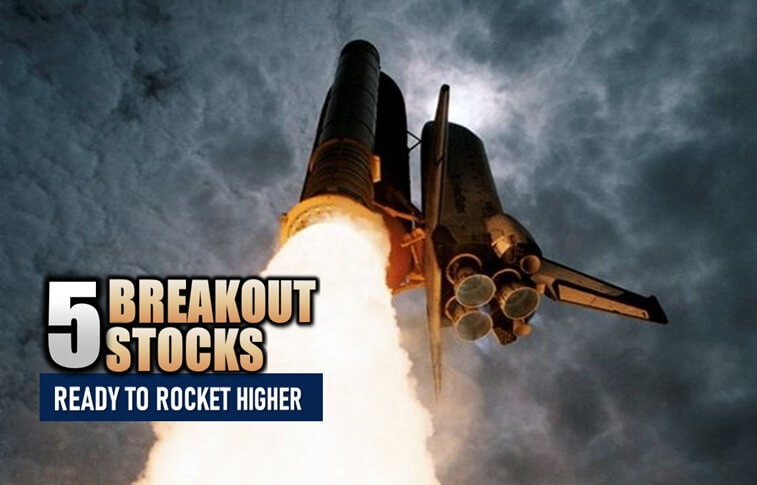Goldman Sachs Predicts SP 500 Drop - Should Investors Sell Now or Hold for the Rebound?
Goldman Sachs predicts a short-term drop in the SP 500. Should investors sell now to avoid losses or hold for a potential rebound? Find out what experts suggest
 Mar 31 2025
Mar 31 2025
Is it time to sell the S&P 500? According to Goldman Sachs, one of the most influential investment banks in the world, the answer is yes - at least in the short term. The firm predicts the index will drop to 5,300 points over the next three months before rebounding to 5,900 points within a year.
Is it time to sell the S&P 500? According to Goldman Sachs, one of the most influential investment banks in the world, the answer is yes - at least in the short term. The firm predicts the index will drop to 5,300 points over the next three months before rebounding to 5,900 points within a year.
This shift in outlook comes amid growing concerns over U.S. economic conditions, particularly the potential impact of President Donald Trump’s tariff policies. As Wall Street digests these risks, major tech stocks are taking a hit - Nvidia is down 5%, Tesla has fallen 6.5%, and the Nasdaq Composite is losing 2%.
With rising inflation, fears of an economic slowdown, and increased recession probabilities, investors are now faced with a critical decision: Should they sell now or hold for the rebound? Goldman Sachs’ prediction of a near-term drop and eventual recovery raises a pressing question for market participants - should investors follow Goldman’s call to sell, or is there potential for long-term growth if they hold onto their positions?
Why the Bearish Sentiment?
Goldman Sachs has long been a bullish voice on Wall Street, even standing firm in 2022 when the Federal Reserve aggressively raised interest rates. However, their market sentiment has shifted, and their latest outlook suggests a more cautious approach to equities. Goldman’s chief strategist, David J. Kostin, has lowered his firm’s S&P 500 target, citing several key reasons for this change.
The first is the increased trade tariffs set to take effect on April 2. These tariffs could disrupt global supply chains and significantly affect U.S. companies that rely on international trade. Additionally, Goldman Sachs has raised its inflation expectations, with core PCE inflation now projected at 3.5%, well above the Federal Reserve’s 2% target. With higher inflation, consumer spending may slow, and the economic recovery could be at risk.
Goldman has also revised its economic outlook, cutting its GDP growth forecast for 2025 to just 1%, down from earlier estimates. This, combined with a rising risk of recession, has made them cautious about equities. Goldman now sees the probability of a U.S. economic downturn increasing from 20% to 35% over the next year. As a result, they are recommending investors sell the S&P 500 now and re-enter the market later when conditions stabilize.
Why Wall Street is Turning Cautious
Goldman Sachs is not alone in lowering its market expectations. Other major investment banks are also turning bearish, citing similar economic concerns. For instance, Barclays recently issued a stealth downgrade on U.S. stocks, noting that tariffs on imports from China, Canada, and Mexico could raise costs for American businesses, weaken global trade, and slow economic growth. Barclays has lowered its 12-month S&P 500 target to 5,900, down from previous bullish projections. In a worst-case recession scenario, they warn the index could plunge to 4,400, representing a 25% decline from current levels.
Similarly, Morgan Stanley strategist Michael Wilson believes that the S&P 500 could find a floor at 5,500 points if the market stabilizes. However, he acknowledges that if tariffs hit corporate earnings harder than expected, deeper declines could be in store. On the other hand, JPMorgan analysts are taking a contrarian stance, suggesting that the S&P 500 could be near a short-term bottom around 5,800-5,900. They are maintaining their 2025 target of 6,500, arguing that artificial intelligence (AI) investments will continue to drive tech-sector growth, and market sentiment will improve once there’s clarity on trade policies.
Bank of America (BofA) has also lowered its expectations for U.S. stocks. Initially, they projected an S&P 500 target of 6,666, but now they’re adjusting lower, suggesting a range of 6,000-6,200. They warn that stock valuations remain stretched, with the S&P 500’s P/E ratio at 26.58, well above its 20-year average of 15.8. Additionally, they believe that trade tariffs could weaken consumer spending and pressure tech stocks, creating headwinds for further gains.
Recession Risks, Inflation, and the Fed’s Dilemma
Beyond the stock market, Goldman Sachs is also warning about a deteriorating economic backdrop. Goldman has raised its inflation forecast for 2025, now expecting core PCE inflation to hit 3.5%, significantly above the Federal Reserve’s 2% target. If inflation remains elevated, Fed Chair Jerome Powell may be forced to keep interest rates higher for longer. Higher borrowing costs could pressure consumer spending and slow business investment, making the economic recovery even more challenging.
Goldman also cut its U.S. GDP growth estimate to 1% for 2025, down from previous projections. Meanwhile, the unemployment rate is expected to rise to 4.5% from the current 4.2%. Slower growth, rising job losses, and persistent inflation could weigh on investor sentiment and push markets lower. With the possibility of further rate hikes by the Federal Reserve, the outlook remains uncertain.
Are There Any Bright Spots?
Despite the cautious outlook, Goldman Sachs is not entirely pessimistic. Their equity team suggests that investors should look for stocks that offer stable earnings growth and are less exposed to trade risks. In particular, sectors like healthcare, utilities, and consumer staples may offer some safety in volatile market conditions. Dividend-paying stocks, which provide consistent income streams, could also be an attractive option for investors seeking stability during uncertain times.
Additionally, while the broader market may face challenges, Goldman Sachs highlights that AI and automation stocks could remain long-term growth drivers, even in the face of short-term volatility. Companies that continue to innovate in the tech sector, particularly in AI, may provide upside potential for patient investors.
Should You Sell the S&P 500 Now?
Goldman Sachs has sent a clear but subtle message - they expect the S&P 500 to drop in the short term before recovering over the next year. This essentially amounts to a sell recommendation for the near future, but not a long-term bearish call. While short-term volatility is likely, history has shown that staying invested in quality stocks through market cycles tends to yield better long-term returns than trying to time the market perfectly.
With other major banks also lowering their forecasts, investors should prepare for a potential market correction. However, the outlook beyond 12 months still holds moderate upside potential. For those wondering whether to follow Goldman’s call to sell now or hold for the rebound, the decision largely depends on your investment strategy and risk tolerance.
Bottom line: Goldman Sachs sees short-term downside risk, but long-term opportunities remain for those who can weather the storm.
Unlock Exclusive Stock Insights!
Join StocksRunner.com for daily market updates, expert analyses, and actionable insights.
Signup now for FREE and stay ahead of the market curve!
Why Join?
Find out what 10,000+ subscribers already know.
Real-time insights for informed decisions.
Limited slots available, SignUp Now!
Please note that the article should not be considered as investment advice or marketing, and it does not take into account the personal data and requirements of any individual. It is not a substitute for the reader's own judgment, and it should not be considered as advice or recommendation for buying or selling any securities or financial products.



 Hadar.Goldberg
Hadar.Goldberg












